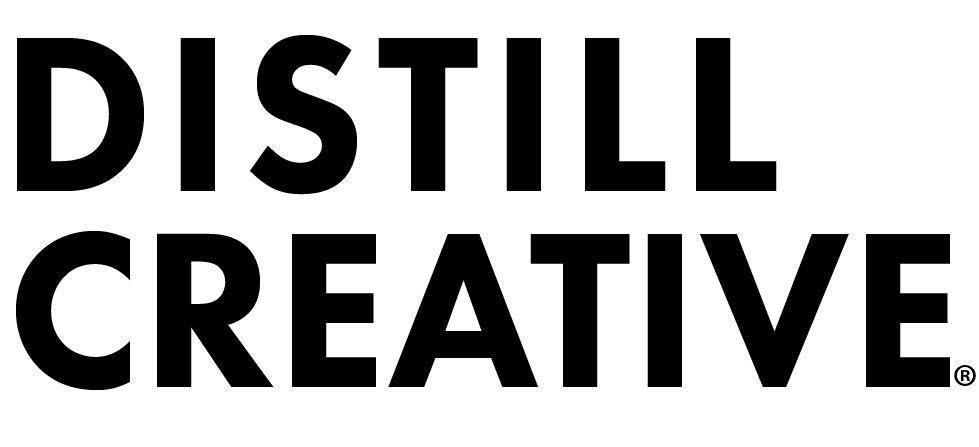Thoughts on UX and pseudo-design method during early days at Betabrand
Yesterday I went to a panel discussion on UX featuring Faz Besharatian, Chloe Negron, and Maxim Leyzerovich, all local UX designers and instructions at General Assembly in DC. The discussion was geared toward those interested in learning more about UX as a profession. GA puts on these types of things to increase interest in their courses and I went because I needed a little UX validation.
My current job is focused on user experience in a physical place. Like parks, buildings, underground tunnels. Wayfinding, parking, signage...these are the things I am thinking about and working on everyday. It's a lot and it's overwhelming, but it's amazing to be a part of creating a better experience and help create a sense of place. In my current industry UX is present in many different ways, but not always from the open, question based perspective that I am used to. Thus, listening to a panel preach is really nice for me to remind myself that I am not crazy.
I've always had an interest in and practiced the fundamentals of UX and design thinking (all very much buzz words now...I know...as is my current job title), but really didn't know what it was called until a few years ago. Post my teaching stint (which I would argue was constant research/proto/analysis), I was as a product manager/designer/cofounder at Betabrand in San Francisco. It was in that hybrid (read:startup) role that I really honed in on my idea making skills--which essentially became a pseudo-UX method even though me and my team were hodge podging together various approaches until we found something that worked (had a high probability of selling out).
It it kinda went like this:
research popular internet things for our target market
throw around a ton of ideas
prototype an idea we think will resonate according to our reaearch
simultaneously create story of idea for audience
test prototype (which in this case was a physical piece of clothing) with story
get live on site asap
check sales
if promising, make more of idea or better idea
if not, make better idea OR abort product and start over
I brought probably over a hundred products to market with my team using this method. It wasn't always so clean cut, but essentially we were an idea factory based in research (however scrappy) and storytelling and marketability. Our most successful products were probably the Executive Hoodie or Dress Pant Sweatpant.
Did I often follow my gut and make (sometimes big) bets? Yes, but only after we had tested a bunch of things that did and did not work to the point that I could feel what I could rush to sample stage and what I needed more information for. Is hindsight 20/20 and am I probably remembering a method when really it may have been total chaos? Possibly.
But my point is UX is more than just a word or a feeing...it's more or less a wide area of practice (like law) in which you should specialize and figure out your own method, following the fundamentals--and it's really applicable I any scenario that involves human beings. I would argue it's extremely important now to figure look at the whole user experience - which often doesn't stop at a computer screen and lives on multiple screens and devices whether you are making an app, selling a product online, or throwing a dance party. In my case, I was rapid prototyping silly marketing stunts (in the form of physical clothes, website and a newsletter) and eventually got to a method for e-commerce fashion design. Now I'm working on a method for experience design, which while take a while since I am one person and need to educate a new team of collaborators. I'll be focused on practicing patience (because: new industry I have a ton to learn), lots of beta testing, data collection (big data and the as best I can kind) and - you guessed it - story telling.
If you are interested in any of this-email me/DM me @stephanieetxe--I'd love to chat.
xx,
Stephanie
ps. Here are my notes verbatim from the panel. If they don't make sense it's because they are notes ;)
research
-pain points/problems---and path for solutions:
Research; proto; analyze; repeat
Questions
-why are you doing this?
-do you really need me?
-what's the impact
-how do you measure success here?
Blended experiences:
Revolving door signage study
Architectures of control
Disney world
Watch
Objectivize
Read
Design of everyday things
Good design/bad design exercise
--Blogging things that just don't make sense
Worst company in the world does XXX exercise
Main tools that I use:
Post its
Paper (app)
Notes (on iPhone)
Plain paper notebooks
Sharpies - can't erase build on what you've done
Coffee
Illustrator
Slack w/clients (*aspirational*)
Other human being
Panel:
Sketch
Envision
Blog:
Ux mastery
Envision blog
A list apart
Make my own UX list of people
UX meet ups:
Refresh DC
UXPA
Biggest mistakes:
Jumping to conclusions
So confident you are right that you don't see Forrest for trees
Married to first solution
First idea will always be wrong
Analogy:
You can be the neck of the head
Data burger
Book
Creativity inc
Read
Google materials
Facebooks's medium
Nprs tumblr (miss Melody Kramer)
Thought bot
UX design for UX designers
Zuba (sp?)
Mailchimp
Profit margins
